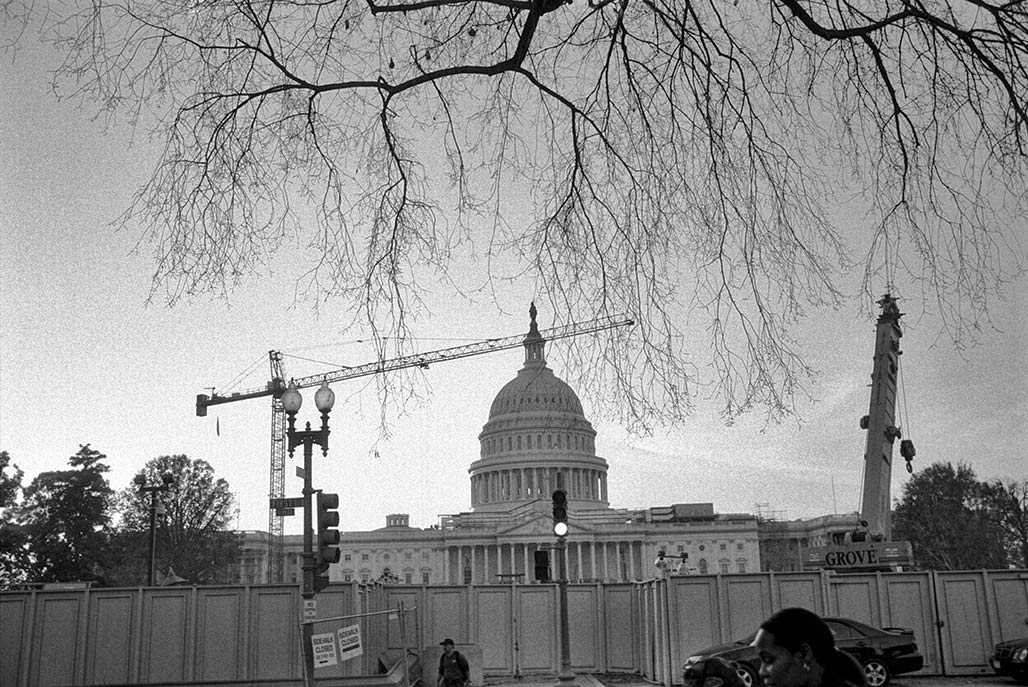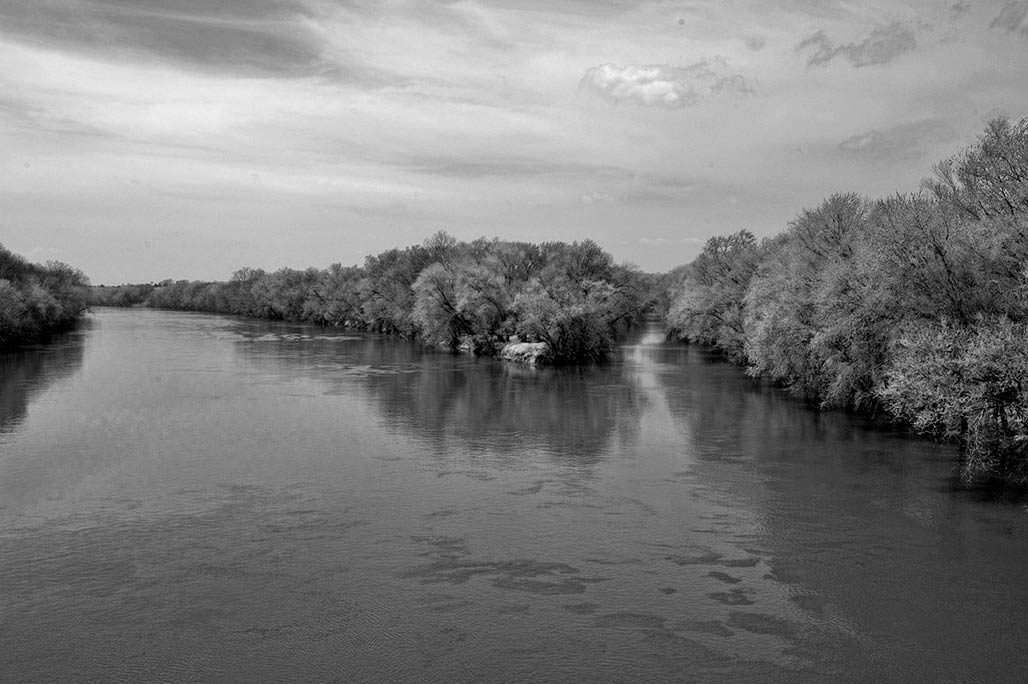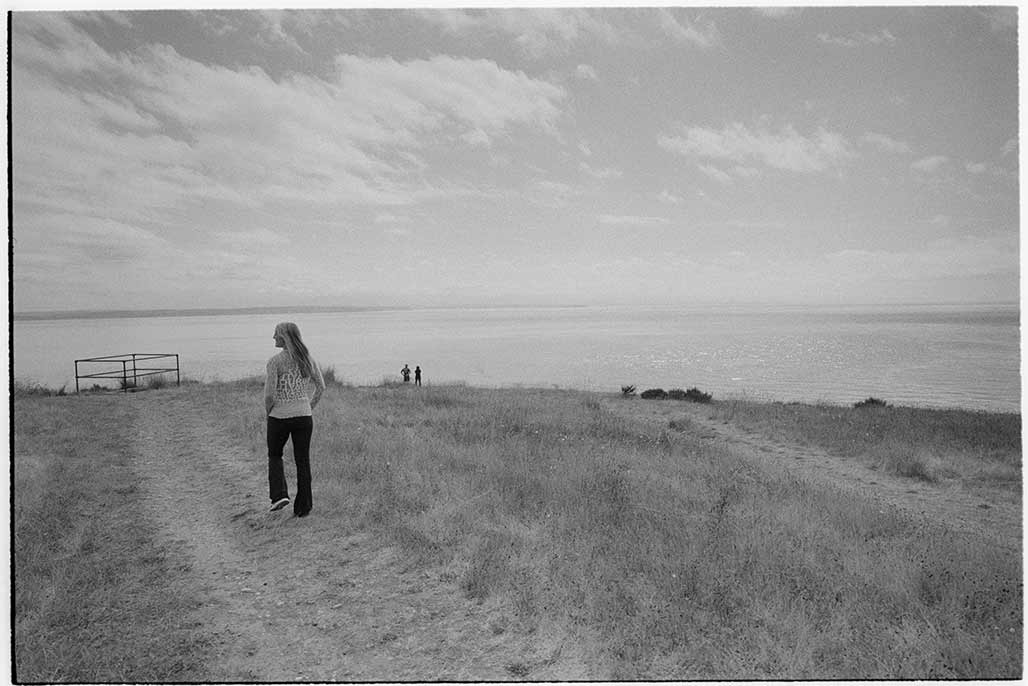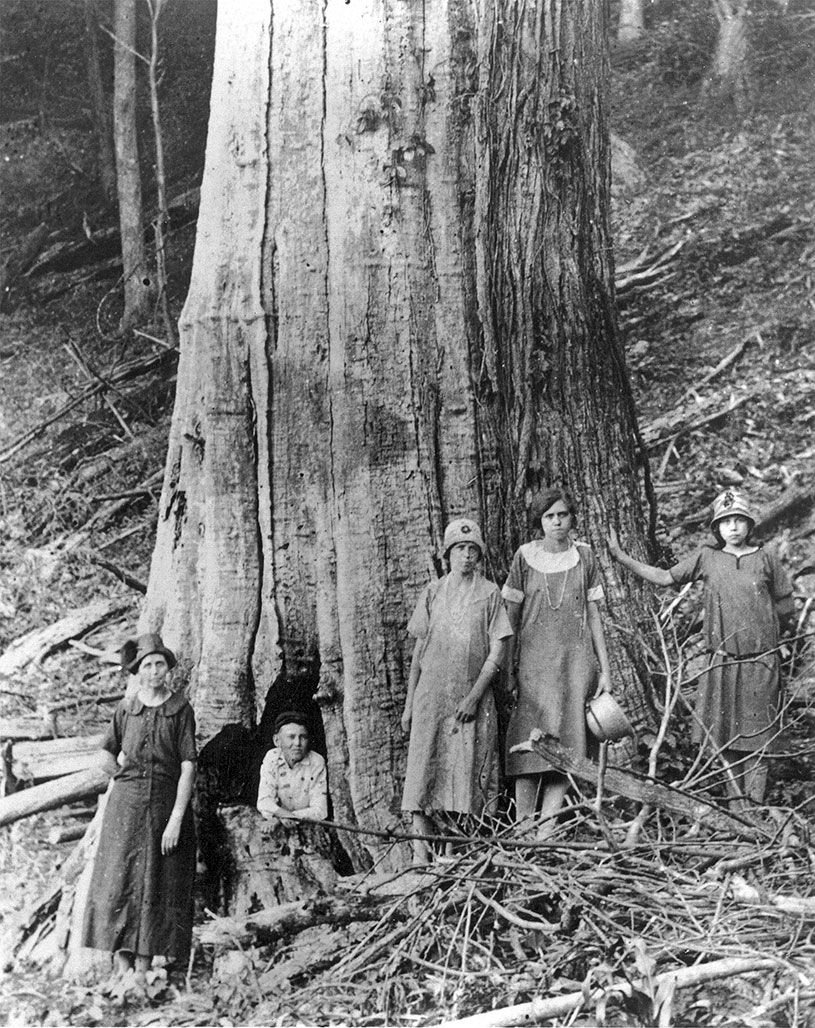
bicentennial

photography from the Chesapeake Bay watershed by Bill Emory




They who seek to establish systems of government based on the regimentation of all human beings by a handful of individual rulers call this a new order. It is not new and it is not order.

The Army Corps is seeking public comments until midnight tonight, Sunday June 7, 2020
Please write to the Corps and tell them you do not support this project and ask them to choose an alternative pipeline terminus that does not destroy Rassawek.
Email your comments to:
steven.a.vanderploeg@usace.army.mil
Include your name and address;
State opposition to JRWA’s permit application, it is not in the public interest.
State that Rassawek should be preserved as an important part of national, Virginia, and tribal history.
Request a public hearing on the permit application.
Request that the Corps prepare an environmental impact statement because of the intensity of the proposed impacts to Rassawek; and
Send a copy of your comments to:
jessica@culturalheritagepartners.com
To learn more, visit:
If you are too busy to write, sign the petition:
Preservation Virginia listed Rassawek on their “2020 VIRGINIA’S MOST ENDANGERED HISTORIC PLACES” report saying:
Rassawek
Rassawek, the historic capital and sacred site of the Monacan Indian Nation, located at the confluence of the Rivanna and James River in Fluvanna County, is in danger of destruction by a water intake system proposed by the James River Water Authority.
Rassawek contains significant archaeological deposits and potentially likely burials, and is considered one of the most important archaeological sites in Virginia. The Monacan Indian Nation as well as many organizations have voiced their opposition; however, the permitting process for the water project is moving forward.
About the proposed water station, Chief Branham of the Monacan Indian Nation stated, “Rassawek was the place to which all other Monacan towns throughout our expansive former territory in Virginia and North Carolina came to pay tribute, perform ceremonies, and share the joys of family and fellowship. Our capital city was a contemporary of Jamestown, but much larger and more complex, and it lasted as a community far longer. It remains for us a sacred place of great cultural significance, and it is for all Americans a place a historical significance. Surely, the many Monacan ancestors buried at Rassawek deserve to remain in peace. If the Monacan people ever decide their site may be excavated, it should be done carefully and collaboratively over decades, as has been done at Jamestown and Werowocomoco – not destroyed with salvage archaeology.”
On alternatives to the water station, Chief Branham stated, “The project proponents have been compelled by the federal government to identify a dozen routes as an alternative to their current plan, but they persist in pursuing the one that would destroy the heart of Rassawek. The Monacan Nation has expressed public support for exploration of one of those routes, in particular, because we believe it has the greatest chance of delivering water to that community without sacrificing irreplaceable history and disturbing burials on sacred ground. We will work with all parties to advance investigation of this alternative.
Those who say one cannot have both development and preservation offer a false choice.”
While Preservation Virginia does not oppose Louisa and Fluvanna Counties’ needs for a new water source, alternative locations exist for the water intake project. Preservation Virginia encourages the James River Water Authority to locate the pump station at a different site that suits local water needs and does not destroy this significant and sacred place.
In a state that prides itself on preserving history, Native American heritage has too often been overlooked, and in some cases, deliberately destroyed. This legacy of neglect makes it even more crucial to preserve Rassawek.





Greatest forest loss in history
The American chestnut is an historic and beloved part of America’s landscape. Its extinction would be the loss of a symbol of American strength, endurance and resourcefulness. Saving the chestnut and restoring it to its native range at scale could also help give other endangered tree species a new lease on life and directly offset the effects of climate change and deforestation. While no single intervention can completely eradicate chestnut blight, together the science of breeding, biotechnology, and biocontrol (3BUR) offer our best hope for rescuing the American chestnut tree.—The American Chestnut Foundation
